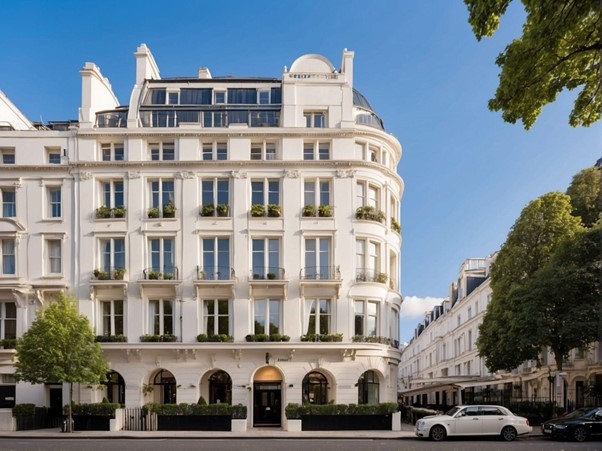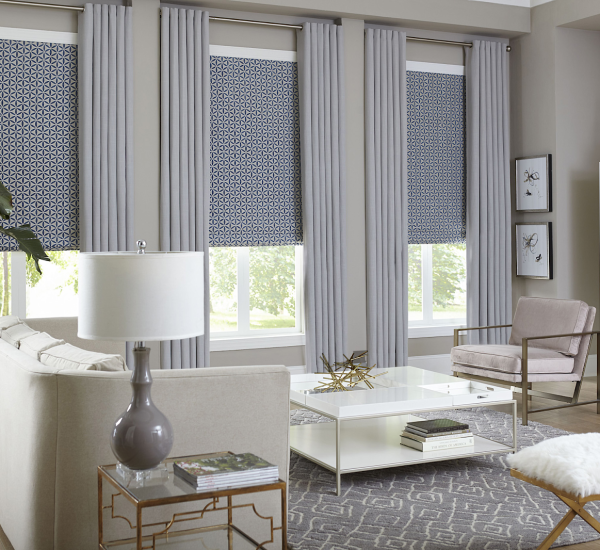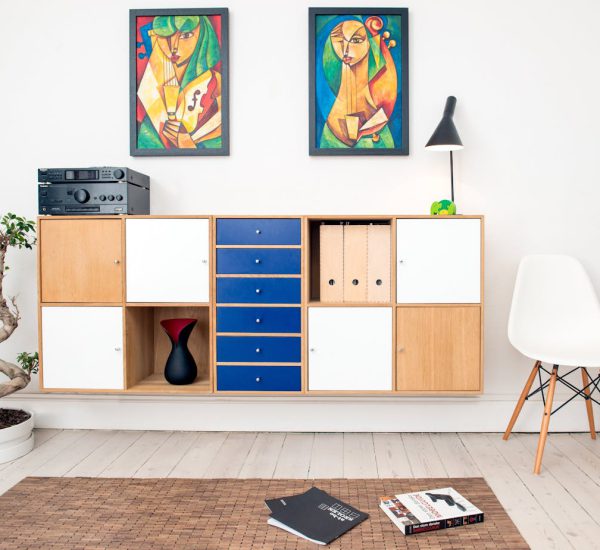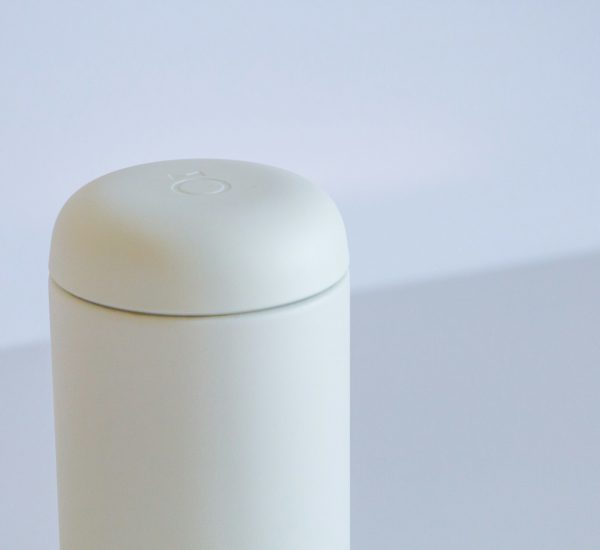In London’s ever-evolving property landscape, smart homes are becoming increasingly prominent. This surge in interest isn’t just a fleeting trend; it’s a reflection of how modern living is being redefined. Smart homes, equipped with advanced technology for automation and connectivity, are reshaping the concept of convenience and security in urban living. Particularly in London, where the pace of life is brisk and the appetite for innovation is high, smart homes are more than just a luxury – they’re a new standard in home living.
Smart Technology
The integration of smart technology has become a key selling point for new build homes in London. Developers are increasingly embedding smart features as standard offerings. From intelligent thermostats that learn your heating preferences to advanced security systems you can monitor from your phone, these features are designed to offer unparalleled convenience and efficiency.
Smart home technology encompasses a variety of components, each designed to enhance convenience, efficiency, and security in a home environment. Here are the main types of components commonly found in smart home systems:
- Smart Lighting – This includes LED bulbs that can be controlled remotely via smartphone apps or voice commands. Smart lighting systems often allow users to adjust brightness, change colors, and set schedules.
- Smart Thermostats – These devices automate home heating and cooling, learning the homeowner’s preferences over time to optimize temperature settings, thereby improving energy efficiency and comfort.
- Smart Security Systems – This category covers a range of products including smart locks, video doorbells, surveillance cameras, and alarm systems. These devices can often be monitored and controlled remotely, providing enhanced security and peace of mind.
- Smart Speakers and Assistants – Devices like Amazon Echo or Google Home that use AI voice assistants to perform various tasks. They can play music, provide news updates, control other smart home devices, and assist with day-to-day tasks through voice commands.
- Smart Home Hubs – Centralized systems that connect and control various smart home devices from different manufacturers. These hubs allow users to integrate and manage all their devices from a single interface.
- Smart Appliances – This includes a wide range of household appliances like refrigerators, ovens, washing machines, and coffee makers that are connected to the internet and can be controlled remotely.
- Smart Plugs and Switches – These devices allow traditional appliances to be turned on and off remotely, making any regular device a smart device. They can also be used to set schedules for appliances.
- Environmental Sensors – These include devices like smoke detectors, carbon monoxide detectors, and water leak sensors that provide alerts to potential dangers in the home.
- Home Entertainment Systems – Smart TVs, streaming devices, and connected sound systems that offer enhanced entertainment experiences and can be controlled through smart interfaces.
- Smart Irrigation Systems – For outdoor use, these systems control watering based on weather conditions, soil moisture, and plant types, helping to conserve water and maintain landscapes efficiently.
Each of these components contributes to creating a more connected, convenient, and secure living environment, embodying the essence of modern smart home technology.
For those considering a 3-6 bedroom property in London, the allure of a smart home is undeniable. Imagine being able to control lighting, heating, and even kitchen appliances with a simple voice command or a tap on your smartphone. This level of control and automation not only enhances the living experience but also contributes to energy efficiency. Smart homes are not just about the ‘cool factor’; they’re about living more sustainably and efficiently.
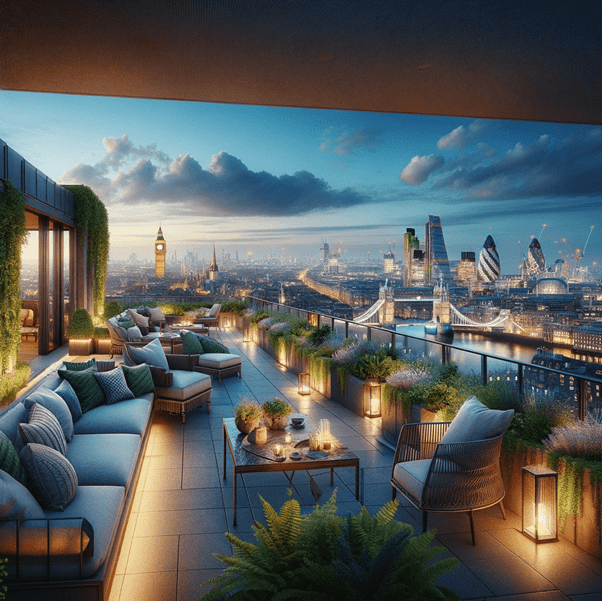
Connectivity and Security: The Heart of Smart Homes
In a city like London, where security and connectivity are paramount, smart homes offer solutions that traditional homes cannot. Video doorbells, remote-controlled locks, and surveillance systems that send real-time alerts to your phone provide residents with a sense of security that is invaluable in urban living.
Moreover, the integration of smart devices ensures that homeowners stay connected to their homes, even when they’re miles away. This connectivity isn’t just about security; it’s about managing your home efficiently. You can monitor energy usage, control indoor temperatures, and even check if you left the oven on, all from your smartphone. This level of connectivity not only brings peace of mind but also fosters a more conscious approach to energy consumption.
The Future of Living in London
For those in the market for a new home, especially in a vibrant city like London, considering a smart home is not just about embracing new technology; it’s about investing in a lifestyle that is efficient, secure, and adaptable to future advancements. Whether it’s new flats in London or a mansion in the suburbs, the smart home revolution is redefining what it means to live in comfort and style in one of the world’s most dynamic cities.
The rise of smart homes in London is more than a trend; it’s a glimpse into the future of urban living. As technology continues to advance, the potential for smart home innovation is boundless. We’re not just looking at homes that respond to our commands; we’re moving homes that anticipate our needs.

